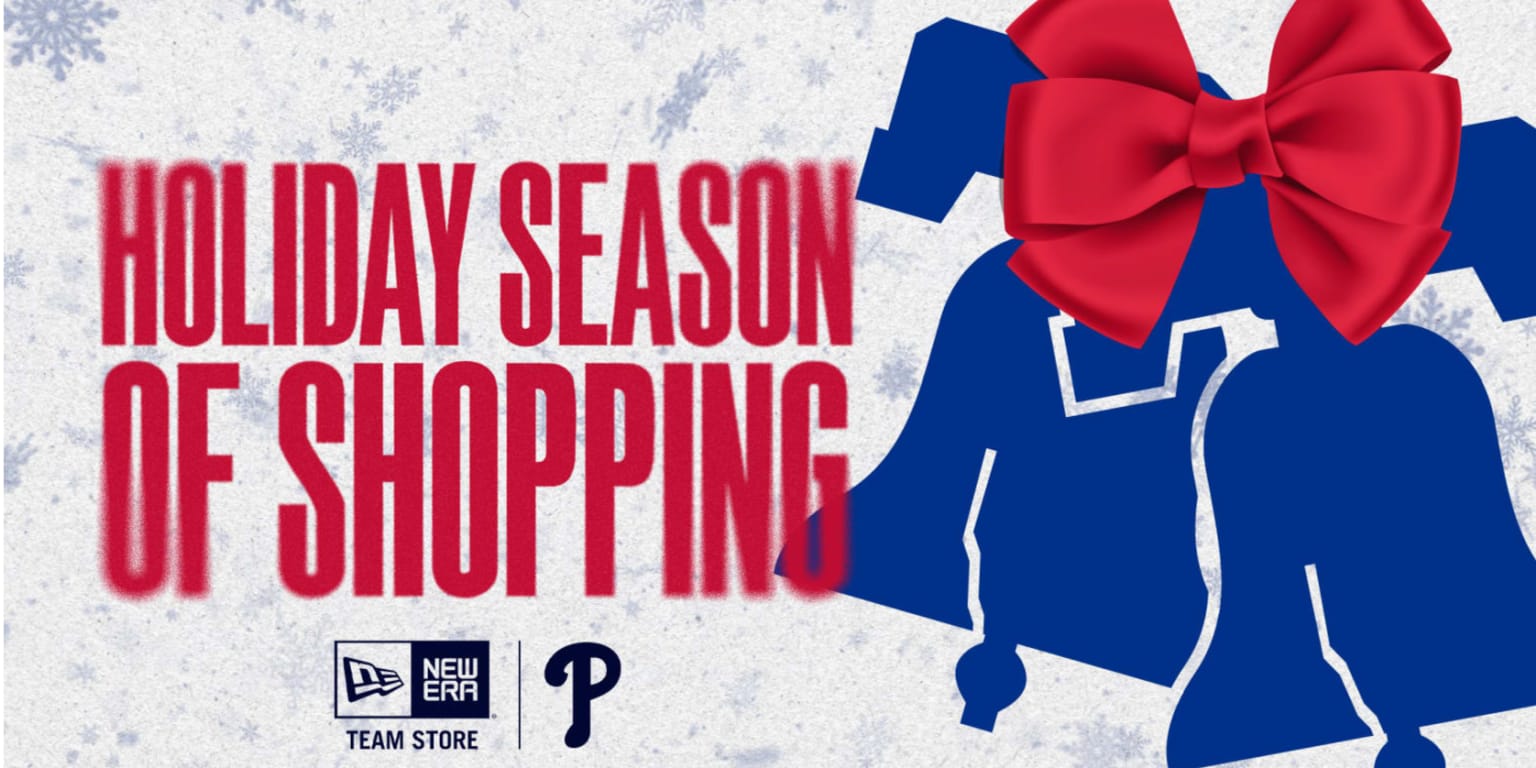Jobs
The beauty of shared spaces

Photo by Pamala Wilson
Pigeons are one of the most recognizable city birds, but they are not the only animal sharing trees in the city.
Recently, on a sunny late afternoon, a couple friends and I were walking through Graceland Cemetery in Chicago. As we moved along, we crossed the path of several other people, a tour group, and a few large groups of sparrows. The people and sparrows were expected, however after about 20 minutes one of the people I’m with pointed off to the right. Slowly, and without any signs of alarm, a coyote crossed behind a monument about 100 yards away heading towards the trees on the edge. As we watched, it calmly trotted off, paying little to no attention to any of the people walking on the paved paths.
Cities are not often associated with nature sightings or really wildlife in general. Pigeons, rats, raccoons, and squirrels are usually the expected urban residents, but over time, as human settlements have grown, many of the animals that were previously found in the area have had to figure out how to adapt. Often the animals found in cities are considered more nuisance than of interest. Part of that might fall to our expectations of what a city is and who they are for, and part of that is probably the ways in which the animals are forced to interact with their significantly less wild environment to find food and shelter.
For years, coyotes have been a growing population within city limits across the country. Foxes, deer, turtles and many birds have found permanent or stop over homes within city parks and suburban backyards. However, many people have no idea these animals also call their city or town home. Take a look around your town, and see what animals are living there. You probably share habitat with more living things than you might guess.
Animals that have been coexisting with humans for long enough have even developed something called a synanthropic relationship. These are animals that can live near and usually benefit from human settlements. Some of them are well-known, while others hide themselves a little better.
Since birds have the advantage of flight, there are almost always more species present than you would assume with just a cursory glance. Especially because many of them are so small that it is easy to hide up in the treetops, on the sides of buildings or in tufts of grass. I have unexpectedly had many large bird sightings in the middle of cities and towns as well.
Sometimes animals, like snapping turtle, build their nests in the middle of yards or parks. Audubon put a fence around this one so it did not get dug up.
A few years ago, the same friend and I were walking through another city park surrounded on all sides by typical Chicago streets. We were both surprised by a bittern, a brown wading bird in the heron family, as it surged out of the tall grasses, taking flight right across the path in front of us. In addition to the usual suspects, city parks have the potential to provide unexpected habitat. This particular park was basically a mini-marsh, which is the appropriate habitat for this bird. It’s just small, so it makes me wonder how much time this bird spends there. Are there other wading birds in this park? Does it travel between multiple green spaces?
Sandhills cranes were a common sight when I lived in Wisconsin. We were right in their flyway, and often they stopped in the area to raise their young. In one particular job, the campus I worked at was basically in the suburbs, and every year, Sandhill Cranes would live in a marshy area across from the high school. They would walk back and forth to another area on the other side of the road pretty frequently in the spring, and so it was not uncommon for me to stop in front of the crosswalk, not for children, but for the crane families to cross the road. As much fun as it was to watch a bird use a crosswalk, I also wondered if any of them had ever been hit by a car that was not aware of their presence.
There is a long list of animals that have adapted to live alongside and sometimes undetected by humans. Unfortunately, there is also an equally long list of animals that have not been able to adapt to these changes in their habitat.
Whether those animals can adapt or whether their numbers fall has largely to do with their habitat requirements. Think about what animals need to survive – food, water, shelter, space. Can they get those things in reasonable amounts in those spaces that have been curated for humans? Do they need a more pristine environment, or can they tolerate certain levels of pollution?
Our perception of what spaces are for wild animals and what spaces are for humans can be turned around when we start looking around for things in unexpected places. If you head down to your local city park and take a look, you might find more types of trees, birds, fungi, and insects than you were expecting. Just because it seems like nothing lives there, remember that even a tree on a city sidewalk can be home to a cadre of cicadas and the eaves of a roof might be housing newborn robins. When people talk about being stewards for the land and the wildlife that live there, much of that focus is on wilderness areas. However, could we apply that same level of care and concern for more urban areas to the benefit of both animals and people?
Audubon Community Nature Center builds and nurtures connections between people and nature. ACNC is located just east of Route 62 between Warren and Jamestown. The trails are open from dawn to dusk and birds of prey can be viewed anytime the trails are open. The Nature Center is open from 10 a.m. until 4:30 p.m. daily except Sunday when it opens at 1 p.m. More information can be found online at auduboncnc.org or by calling (716) 569-2345.


:quality(70):focal(338x272:348x282)/cloudfront-us-east-1.images.arcpublishing.com/shawmedia/FOAF2O2ZIBEC5FYGY6GCKFXN3E.jpg)






